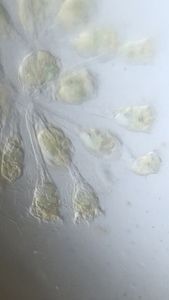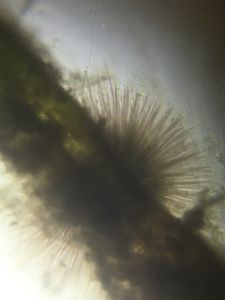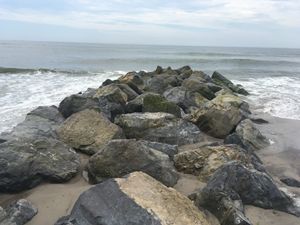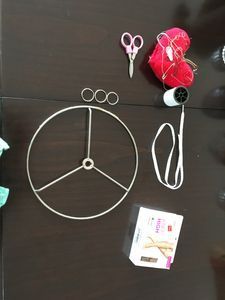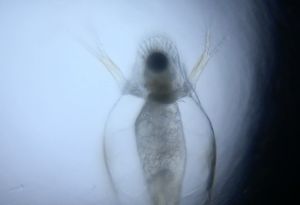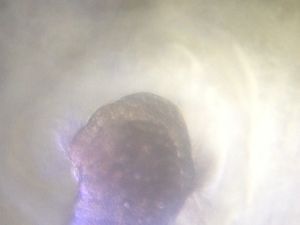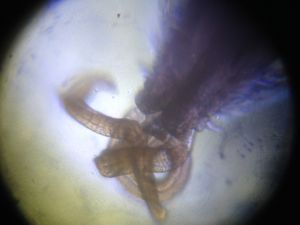Nudibranch Egg Development
 Dec 21, 2015 • 4:06 AM UTC
Dec 21, 2015 • 4:06 AM UTC Unknown Location
Unknown Location 140x Magnification
140x Magnification Microorganisms
Microorganisms
Matthew Rossi
I'm a novelist, essayist, and a writing consultant. I work in the writing centers at Columbia and Baruch University and explore research into the overlap of maker cultures and writing. My work with the Foldscope tends to focus on finding wild creatures in urban spaces and looking at how human works are shaped by the movements of the biosphere.
40posts
105comments
4locations

When the nudibranch in my tidal pool jar began laying eggs on the surface of the water and elsewhere in the tank, there was some question about whether they would be viable. I saw in a few of the eggs what I took to be cell division, as in the shot below where we can see some of the eggs have clearly divided middles (see the middle, bottom row).

Signs like these seemed like they might simply be wishful thinking on my part, though. The nudibranch floating around the tank is alone, and while they are hermaphroditic, they can’t self fertilize. Without another nudibranch to offer up genetic material, these eggs would be inviable. At the very least, I supposed I could take the opportunity to take some nice high mag shots of the eggs, which I have. They offer a view of the cell, it’s nucleus, the granular qualities of the cytoplasm.

Several days into watching the cells, I noticed some hopeful signs, though. The inside of one egg was now spinning. Then it was not just one, but several eggs who were spinning.
Here it is in high magnification.
Nudibranches hatch as veligers, like many other snails. Which explains the rotating motion in the cell. They’ve reached the point when cilia have formed, but aren’t yet at the point where they can hatch. You can tell from both of these that the larva isn’t formed yet. It’s still attached to a yolk, still a not quite formed life. But it has locomotion and the ability to move around in its small womb. If it were a mammal, we’d say it was kicking (though, if it were a mammal, it wouldn’t have cilia).
These were hopeful moments for me, so I’ve kept my eyes peeled for the hatchlings. Finally, last week, I caught some.
These were hopeful moments for me, so I’ve kept my eyes peeled for the hatchlings. Finally, last week, I caught some.
You can see their shells, of course, but notably, you can also see statocysts peering out at you like eyes. In this shot, the effect of the cilia beating on the surrounding water is evident, as microscopic particles get caught in the current.
Here is a pair caught up with each other.
I’m going to monitor the tank in coming days/weeks for their more adult phases. I assume that some will die, that others will be consumed by their siblings. But some will live, which is an exciting prospect. The question remains of how the adult nudibranch was fertilized in the first place. Was it fertilized before I caught it and then carried the eggs until it was time to lay them (there have been several broods at this point). Do nudibranchs, like some other species, carry the sperm of their partners around with them to slow release at intervals? I don’t know. For now, I am only excited–perhaps inordinately so–at the prospect of seeing some tiny nudibranch action in my lens.
Sign in to commentNobody has commented yet... Share your thoughts with the author and start the discussion!
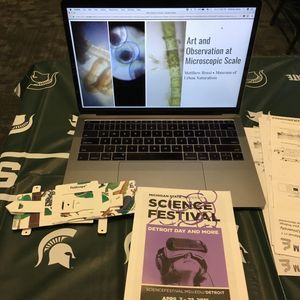
 0 Applause
0 Applause 0 Comments
0 Comments




